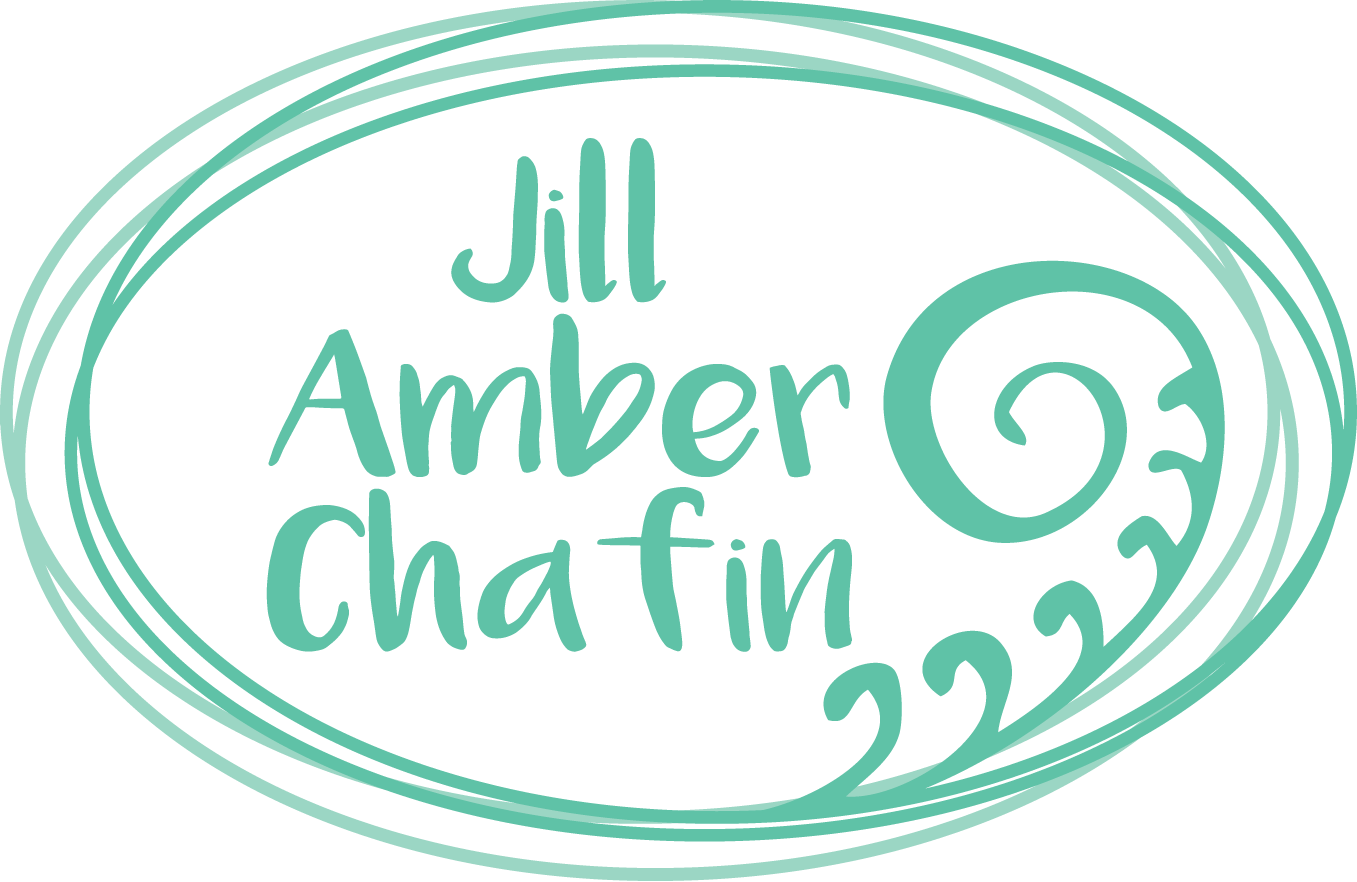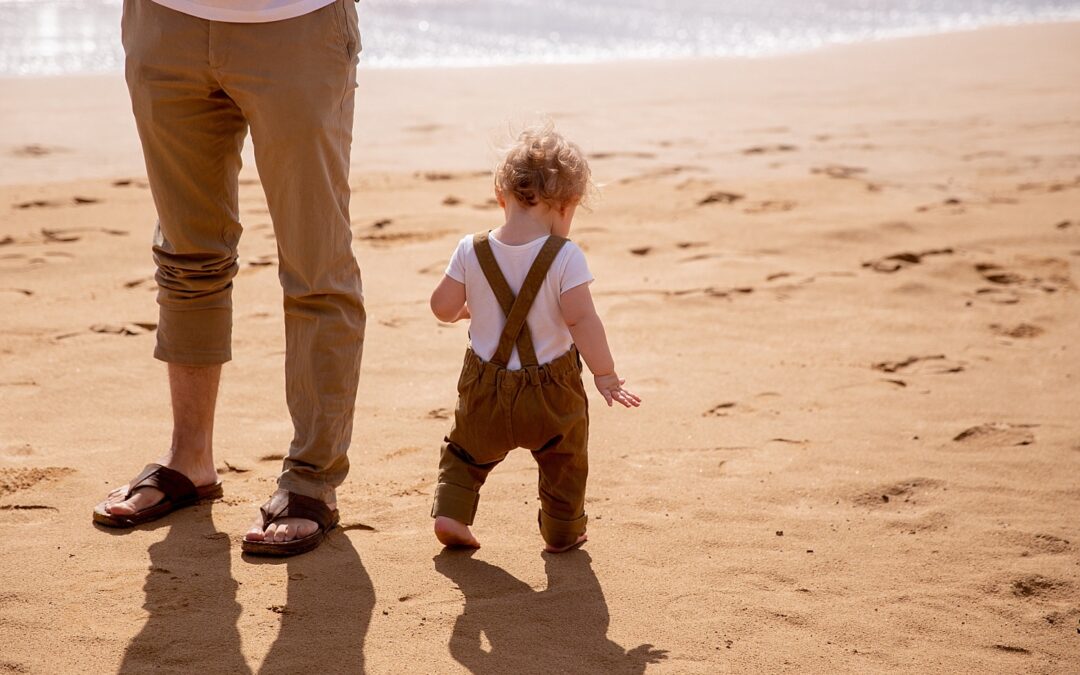I’ve always been a firm believer in early potty training. Why keep babies in diapers longer than necessary? Even though potty training a toddler requires plenty of commitment, patience, and hard work, it’s totally worth it to see your little one mastering this skill. Here’s how we got both our kiddos out of diapers shortly after their second birthday.
Plenty of the World Potty Trains Early
For many, early potty training is a necessity, such as families in third-world countries not being able to afford disposable diapers or having the resources to wash cloth diapers (read how the world potty trains). In fact, many cultures have their babies out of diapers by age 18 months, at the latest. And shockingly, some even have their babies fully potty trained by age one. What?!? In comparison, the average age of potty training in the U.S. has been pushed later and later. Before the 50’s, most children were potty trained by the age of one. In the 70’s, the average age became 18 months. Now we’re seeing parents waiting until their kids are three- or four-years-old. What explains this rising trend? For starters, we’re terrified of scarring our children. Due to Freud and other psychologists, we tip-toe around the subject of “the toilet” — nervous we’ll inflict serious damage upon our innocent offspring. But a study published in the Journal of Developmental & Behavioral Pediatrics in 2009 found that 66.3% of parents in the UK initiated potty training before 24 months of age. Are those kids growing up psychologically damaged because of this? I doubt it. So, if you want to potty train your toddler, I say go for it.
Training Methods
As an Amazon Associate, I earn from qualifying purchases. This means if you use one of my links to make a purchase, I may earn a small commission at no extra cost to you. I use these earnings to help fund this blog.
One of the first books I bought as a parent was the Diaper Free Baby. It’s about the Elimination Communication method, which is where you learn your infant’s patterns and signals way before they can communicate verbally (this report shows how young babies can withhold for stretches of time). Because of this book, we successfully got our son pooping on the potty at seven-months-old. His signals were loud and clear: grunts and a scrunched up face. We had only seconds to rip off his diaper but if we moved fast enough, it worked! However, we had no luck getting him to pee on the potty as a baby (all power to those who manage to make this method work — please share your secrets!).
We then read Jamie Glowacki’s Oh Crap! Potty Training book. Glowacki recommends starting between 20-30 months, or even as young as 18 months. Her overall philosophy is that it’s not about believing if your kid is ready, but if you think they are capable of doing this. It’s like learning to use a spoon, tying one’s shoes, or learning to zip a jacket. Sitting on the potty is a skill, one that must be taught. Sure, you want to make sure you’re child is showing signs that he or she is capable of learning this new skill, but you don’t have to wait until a magic rainbow illuminates the potty to do it. Because if your child can talk about pee and poo, then your child can learn to put pee and poo in the right place (or at least that’s the hope, right?).
Our Experience
When our son turned 18 months, we ditched the diapers and committed to Glowacki’s method. After two weeks of cleaning up countless puddles and slipping in piles of poop, we decided we’d jumped the gun a little early. We had a newborn girl, my husband was working long hours, and it just wasn’t clicking. Yet I couldn’t help but wonder, how do these other countries manage to make this work at such a young age? We made another attempt shortly after our son’s second birthday. We were making progress, with about 80% of the pees going into the potty when we were home, but then we had to move unexpectedly. This caused a major regression, resulting in our son hiding to pee and us not discovering it until days later — eek! We decided to take another break. Our last attempt was over Thanksgiving break. Our son was almost 27-months-old. He was super verbal about bodily functions, which started after his first potty training boot camp at 18-months-old. He’d often shout from his crib: “Poop! Potty! Potty!” This was far better than an earlier time when he saw his poop on the floor, pointed, and said, “Meat!” Thinking it was a sausage. Ha! This time it started to click, and really fast. By the end of the week, we were leaving the house without diapers — hurray! We watched as he gained more and more control over his little body. And by 2.5, he’d mastered it.
Obstacles
One of the biggest hurdles parents face is the limitations of daycare and preschool. There are definitely kids who potty train in daycare settings, but it’s usually a longer process, and often happens more around age three or later. Luckily, our son only went to preschool one morning a week, but even still, the “preschool pull-up” did add a layer of confusion to the process. Other obstacles can include incredibly stubborn, strong-willed children. We experienced this with our second child, who was great at going to the potty when she decided it was convenient, but not so great when she simply couldn’t be bothered. The bottom line: decide when the time is right for YOU, as the parent. If you can’t manage it with work and life commitments, that’s okay. But if you want to guide your child there sooner, believe in yourself as the teacher and your child as the student. And above else, make sure your child is ready to learn this new skill. And good luck! May the force of the potty be in your favor.
8 Tips for Early Potty Training Success
Communication
Wait until your child can actually say “poo” and “pee” or any equivalent to them — being able to sign the words works too! If your child is naked for three full days, pooping and peeing everywhere without noticing or caring, then maybe it’s not time. From day one my son stood there shocked, screaming “I’m peeing! I’m peeing!” as he peed all over our floor. He definitely had awareness, I give him credit for that.
Ability to sit on the potty
Make sure your child can sit on the little potty all by himself. We used the Baby Bjorn Potty Chair, which we got for $5 at a local consignment sale. We let him walk around naked and most of the time he fell down when trying to sit on the dang thing. Fast forward to 24-months-old and he could sit on it without any assistance. This really gave him ownership of the process.
Consistency
I realize now that the more we dabbled in and out of potty training, the more confused our son became. Imagine from his perspective — all he’s ever known is the comfort, security, and warmth of a snug diaper. Suddenly he’s peeing on the floor. Now he’s peeing in the potty. And then he’s back in the comfort of the diaper. In hindsight, I’d say the all-or-nothing approach (aka Jamie Glowacki’s approach) is the best way to go, if you have time and are ready to commit. Glowacki also suggests doing daytime and nighttime training all at once if you’re brave (we were not).
Teamwork
Make sure you have back-up support if you’re doing the boot camp method (aka a naked child for several days). If you’re a solo parent, see if a friend, a babysitter, or a grandparent can help out. Running around after a naked kiddo is exhausting.
Set aside adequate time
A long holiday break worked best for us. We stocked up on supplies, locked the doors, and let our son run amok. Summer is another great option, especially if you have a secluded yard for them to run free.
Do your research
I personally enjoyed these two books:
Don’t be fooled by the second book’s title — no one can potty train in less than a day! But still, this book contains some good info. And of course, there are millions of potty training books out there. Find the ones that resonate with you and don’t be afraid to take little snippets from each, combining them into your own hybrid method.
Find your child’s motivation
For some kids, simply being a “big girl” or a “big boy” or the promise of undies is enough. For others, they simply can’t be bothered. Lots of experts advise against offering bribes and rewards. But honestly, I feel like you have to offer something because peeing on the potty isn’t that exciting for most young kids. We had a small bin of special toys we brought out during potty time. We also did “foot baths” where we’d fill up a bin of warm water and let our son soak his feet while playing with a few bath toys. And yes, we even let him watch educational YouTube videos (check out the Little Baby Bum Potty Song). And remember, the motivational support isn’t needed forever.
Stock up on supplies
You don’t need much if you want to go the simplistic approach. However, here are some gadgets that helped us along the way.
- Portable potty: We liked the Baby Bjorn Potty Chair. Make sure there’s a raised front for little boys, otherwise pee will go everywhere. Ideally, get one that has a little handle to easily carry it from room to room (this two-in-one potty seat has a handle and coverts from a stand-alone potty to an insert for the toilet).
- Travel potty seat: We introduced public toilets early in the potty training process. However, it’s hard balancing a toddler on a huge seat. We loved this travel seat since it’s easy to slip into your backpack or diaper bag.
- Disposable pee pads: Someone recommended these pee pads for accidents and wow — they worked wonders for us. I set them in his carseat, highchair, stroller, and so on. I’ve even heard of people spreading them across their couch (we used thick blankets instead).
- Clean-up rags: Be prepared, there are bound to be plenty of accidents! We kept old cloth diapers and a spray bottle on hand. If you have carpeting, consider doing naked time in the kitchen, or outside if weather permits. Have your child help clean up the mess —this isn’t cruel punishment, it just helps connect them with the process.
- Use a doll: We bought this cute peeing doll, which comes with a little potty. Spend time each day taking the doll for regular potty breaks, checking her undies, giving her a high five after she pees on the potty, and so on. I even had my son carry her “pee” down the hall to dump it into the toilet. And then the joy of flushing — priceless.
In the end, it’s up to you!
Remember, it’s up to you when you want to start this process. If you want to wait, that’s fine. There’s no point in starting if you’re not ready to take on this challenge. But if you ARE ready to guide your child (gently) into learning this new skill, and you believe he or she is capable of mastering it, then go for it. Either way, all these kids will end up potty trained well before college, so how they get there doesn’t matter. Above all else, do whatever it takes to maintain your sanity!




Recent Comments